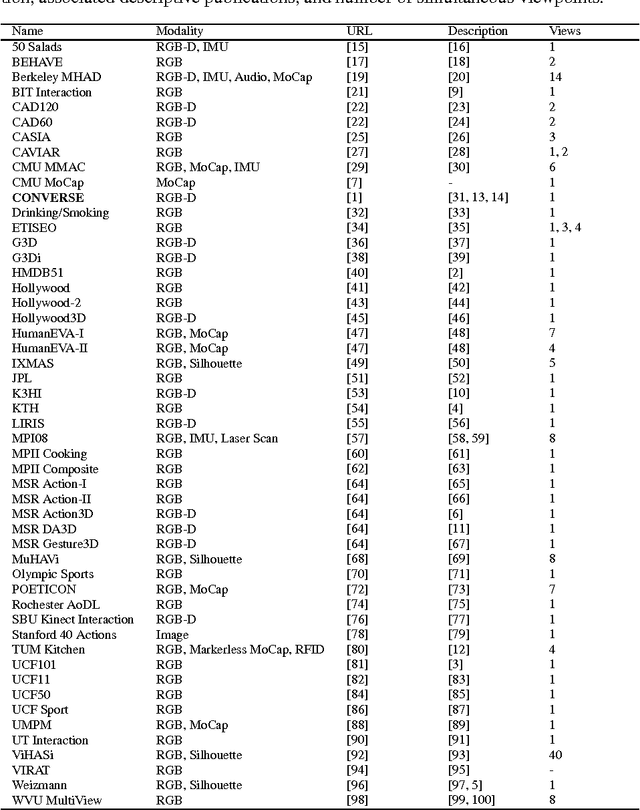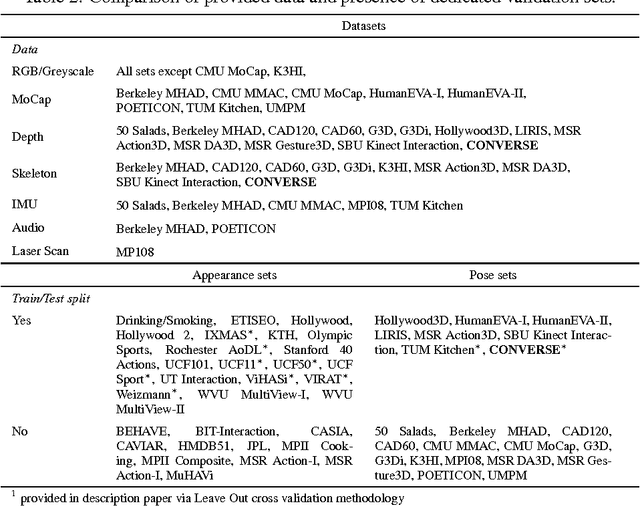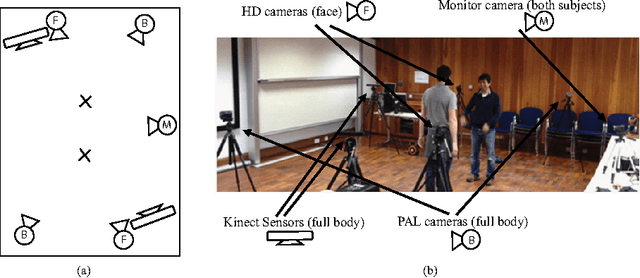Michael Edwards
Graph Based Convolutional Neural Network
Sep 28, 2016



Abstract:The benefit of localized features within the regular domain has given rise to the use of Convolutional Neural Networks (CNNs) in machine learning, with great proficiency in the image classification. The use of CNNs becomes problematic within the irregular spatial domain due to design and convolution of a kernel filter being non-trivial. One solution to this problem is to utilize graph signal processing techniques and the convolution theorem to perform convolutions on the graph of the irregular domain to obtain feature map responses to learnt filters. We propose graph convolution and pooling operators analogous to those in the regular domain. We also provide gradient calculations on the input data and spectral filters, which allow for the deep learning of an irregular spatial domain problem. Signal filters take the form of spectral multipliers, applying convolution in the graph spectral domain. Applying smooth multipliers results in localized convolutions in the spatial domain, with smoother multipliers providing sharper feature maps. Algebraic Multigrid is presented as a graph pooling method, reducing the resolution of the graph through agglomeration of nodes between layers of the network. Evaluation of performance on the MNIST digit classification problem in both the regular and irregular domain is presented, with comparison drawn to standard CNN. The proposed graph CNN provides a deep learning method for the irregular domains present in the machine learning community, obtaining 94.23% on the regular grid, and 94.96% on a spatially irregular subsampled MNIST.
From Pose to Activity: Surveying Datasets and Introducing CONVERSE
Nov 19, 2015



Abstract:We present a review on the current state of publicly available datasets within the human action recognition community; highlighting the revival of pose based methods and recent progress of understanding person-person interaction modeling. We categorize datasets regarding several key properties for usage as a benchmark dataset; including the number of class labels, ground truths provided, and application domain they occupy. We also consider the level of abstraction of each dataset; grouping those that present actions, interactions and higher level semantic activities. The survey identifies key appearance and pose based datasets, noting a tendency for simplistic, emphasized, or scripted action classes that are often readily definable by a stable collection of sub-action gestures. There is a clear lack of datasets that provide closely related actions, those that are not implicitly identified via a series of poses and gestures, but rather a dynamic set of interactions. We therefore propose a novel dataset that represents complex conversational interactions between two individuals via 3D pose. 8 pairwise interactions describing 7 separate conversation based scenarios were collected using two Kinect depth sensors. The intention is to provide events that are constructed from numerous primitive actions, interactions and motions, over a period of time; providing a set of subtle action classes that are more representative of the real world, and a challenge to currently developed recognition methodologies. We believe this is among one of the first datasets devoted to conversational interaction classification using 3D pose features and the attributed papers show this task is indeed possible. The full dataset is made publicly available to the research community at www.csvision.swansea.ac.uk/converse.
 Add to Chrome
Add to Chrome Add to Firefox
Add to Firefox Add to Edge
Add to Edge